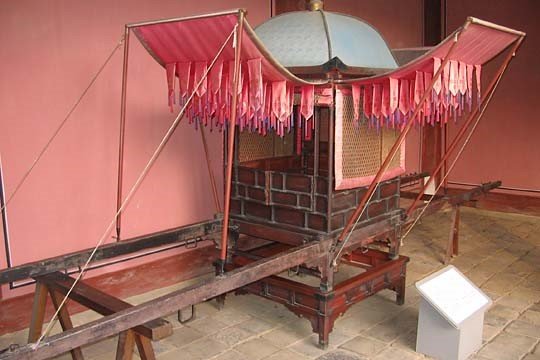LE MUSEE GUIMET The largest collection of traditional Korean art is housed in the Guimet Museum, located at 6 Place d’Iéna in Paris. This museum was founded by Émile Guimet (1836-1918), an art collector with a deep passion for Asian cultures. The history of the collection dates back to 1888 when Charles Varat (1842-1893), a […]






